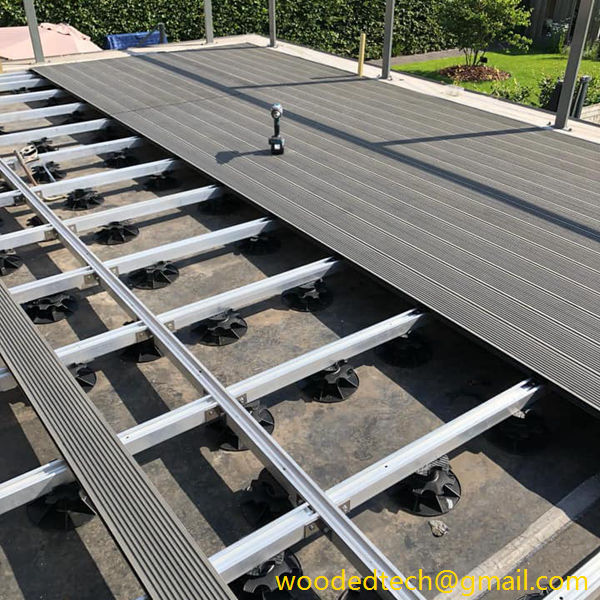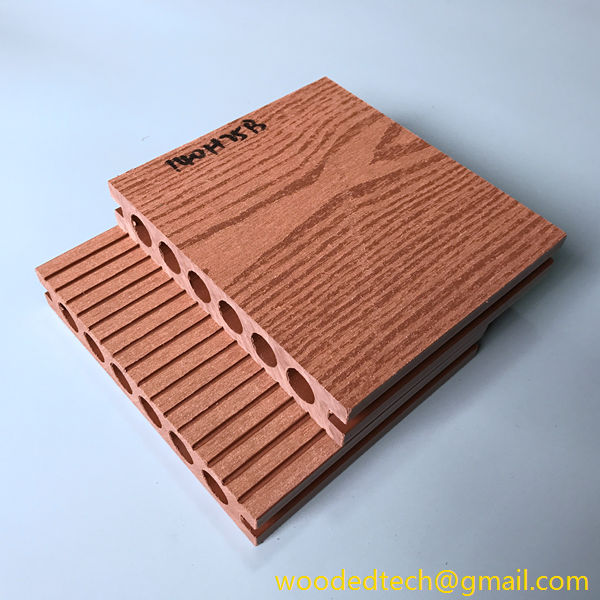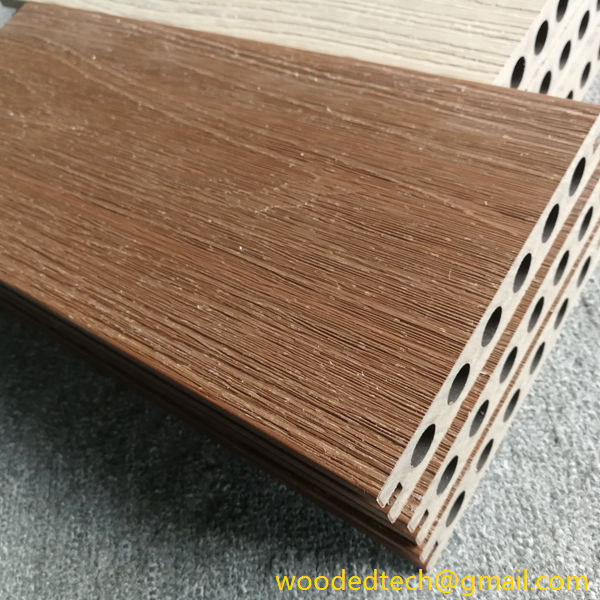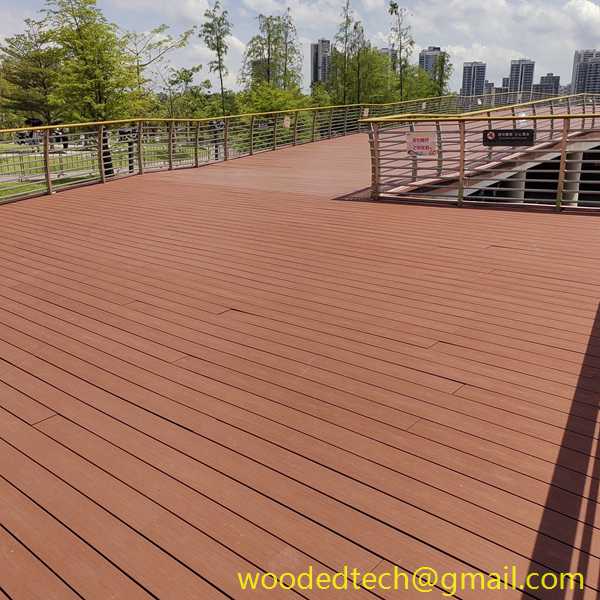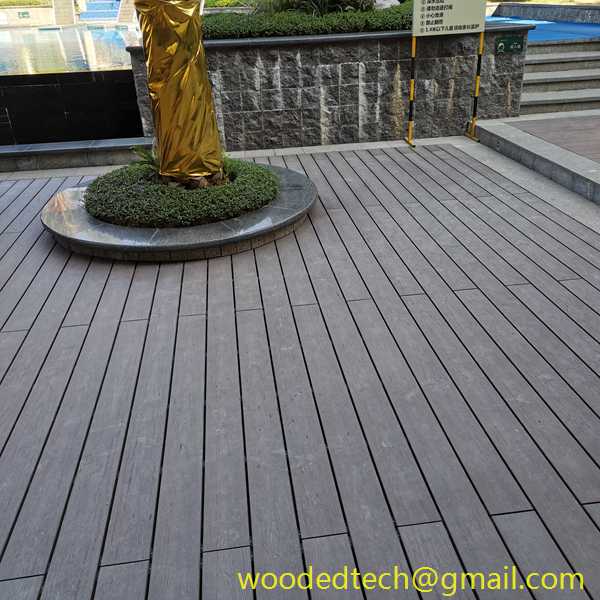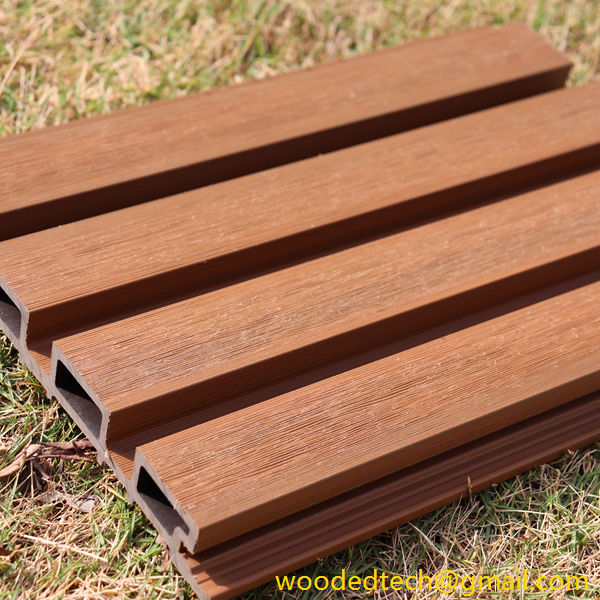Explore the Range of Wood Plastic Composite Options for Your Needs
Wood Plastic Composites, commonly abbreviated as WPCs, have gained significant attention in recent years due to their versatility and eco-friendliness. These materials are engineered by combining wood fibers or wood flour with thermoplastics, resulting in a composite that offers the best of both worlds. This article explores the various options available in the realm of WPCs, focusing on their production processes, applications, and benefits.
The production of Wood Plastic Composites typically involves a few key steps. First, the wood fibers or flour are sourced from either recycled wood products or sustainably harvested timber. This initial step is crucial as it defines the environmental impact of the final product. The selection of appropriate wood materials can enhance the mechanical properties and aesthetics of the composite.
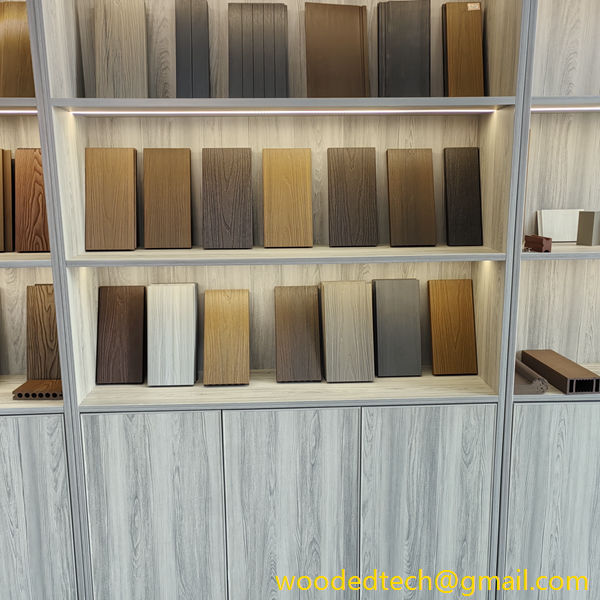
Once the wood fibers are prepared, they are mixed with thermoplastic polymers. Commonly used plastics include polyethylene, polypropylene, and polyvinyl chloride. The choice of plastic significantly influences the physical properties of the final product, including its strength, flexibility, and resistance to moisture and decay. The blending process can be performed using various methods, such as extrusion or injection molding, depending on the desired shape and characteristics of the composite.
Extrusion is one of the most popular methods for producing WPCs. In this process, the wood fibers and plastic are fed into a hopper and then heated in a barrel where they are mixed thoroughly. The resulting composite is then forced through a die to create specific profiles, such as decking boards, railings, or planks. This method allows for continuous production and is efficient for creating long lengths of material.
On the other hand, injection molding is utilized when more complex shapes are required. In this process, the blended material is injected into a mold cavity under high pressure. Once cooled, the mold is opened to reveal the finished product. This method is ideal for producing intricate designs and smaller components, such as furniture parts or decorative elements.
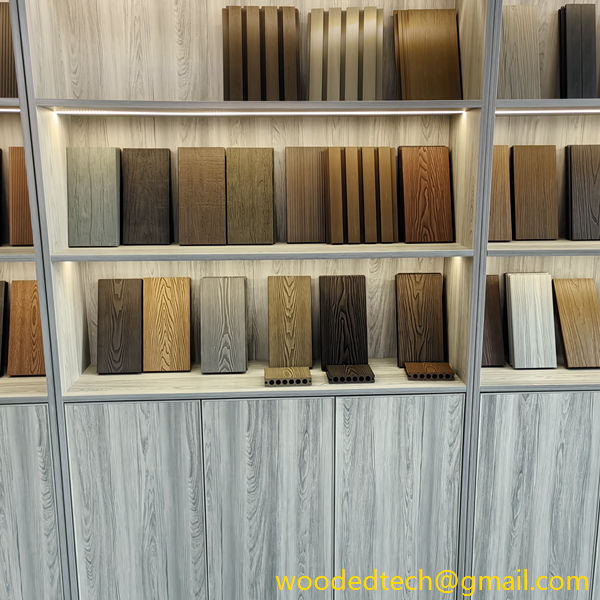
One of the significant advantages of WPCs is their resistance to environmental factors. Unlike traditional wood, which can warp, splinter, or rot over time, WPCs maintain their structural integrity when exposed to moisture and temperature fluctuations. This makes them suitable for outdoor applications where durability is essential. Moreover, WPCs can be treated with additives to enhance their UV resistance, ensuring that they retain their color and appearance even after prolonged exposure to sunlight.
Another essential aspect of WPCs is their aesthetic appeal. The composite can be manufactured in a wide range of colors and finishes, mimicking the look of natural wood while providing additional benefits. Some manufacturers even offer wood grain patterns that enhance the visual appeal of the material, allowing it to seamlessly blend with traditional wooden structures.
WPCs also present environmental benefits. By using recycled wood and plastics, they contribute to reducing waste and promoting sustainability. Furthermore, the production of WPCs typically requires less energy compared to the production of traditional wood or plastic materials. This eco-friendly aspect has made WPCs a popular choice for environmentally conscious consumers and builders alike.
The applications of Wood Plastic Composites are vast and varied. In the construction industry, they are widely used for decking, fencing, and siding due to their durability and low maintenance requirements. Additionally, WPCs find applications in the automotive industry for interior components and in the manufacturing of outdoor furniture. Their ability to withstand harsh weather conditions makes them a preferred choice for landscaping and garden design.
In conclusion, Wood Plastic Composites offer a diverse range of options tailored to meet various needs. Their production processes, which involve the careful selection of materials and advanced manufacturing techniques, result in a versatile product that is both durable and aesthetically pleasing. By choosing WPCs, consumers can enjoy the beauty of wood without the drawbacks of traditional materials, all while contributing to a more sustainable future. As technology continues to evolve, the potential applications for WPCs will likely expand, further solidifying their place in various industries. Whether for residential or commercial use, WPCs present an attractive solution that meets the demands of modern consumers.

